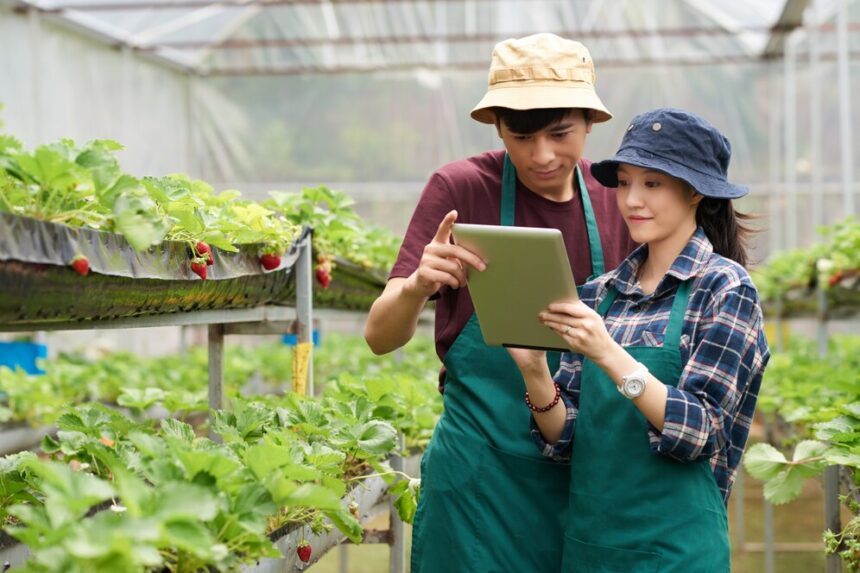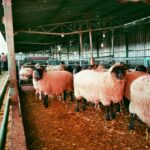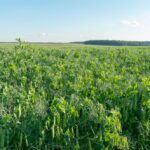Artificial intelligence (AI) is transforming agriculture worldwide, and China has emerged as a leader in leveraging AI to predict crop yields. With its vast agricultural sector and pressing need for food security, China has integrated AI-driven solutions to enhance productivity, optimize resource allocation, and mitigate climate-related risks. South Africa, facing its own agricultural challenges, can learn valuable lessons from China’s experience in using AI for crop yield predictions.
How AI is Revolutionizing Crop Yield Prediction
AI-powered systems analyze vast amounts of agricultural data, including weather patterns, soil conditions, satellite imagery, and historical yields, to make accurate predictions about future harvests. These systems use machine learning algorithms to identify trends and provide real-time insights, helping farmers make data-driven decisions.
China has successfully implemented AI-driven crop prediction models through a combination of government support, private sector innovation, and collaboration with research institutions. Some of the key components of its approach include:
- Big Data Integration
China collects massive amounts of data from weather stations, drones, satellite imagery, and IoT sensors placed in fields. This information feeds into AI models, which continuously refine their predictions based on new inputs. - Remote Sensing and Precision Farming
AI-powered drones and satellite imagery allow Chinese farmers to monitor crop health in real time. By analyzing vegetation indices, soil moisture, and plant growth patterns, AI can predict yields with high accuracy. - AI-Driven Pest and Disease Detection
Crop losses due to pests and diseases are a major concern for farmers worldwide. China has developed AI systems that detect early signs of infestations and recommend interventions, ensuring better yield outcomes. - Government and Private Sector Collaboration
The Chinese government has heavily invested in AI-driven agriculture, working alongside tech giants like Alibaba and Baidu. These companies provide cloud-based platforms that offer farmers predictive insights on weather conditions, planting strategies, and expected harvests.
Lessons for South Africa
South Africa’s agricultural sector, though smaller than China’s, can adopt similar AI-driven strategies to enhance food security and farm productivity. Here are key takeaways:
- Investment in Data Infrastructure: South Africa must develop a comprehensive agricultural data network, integrating satellite imagery, IoT sensors, and historical yield records to improve AI predictions.
- Collaboration Between Public and Private Sectors: Government agencies, research institutions, and private companies should work together to make AI solutions accessible to farmers.
- Adoption of Affordable AI Solutions: China has made AI tools available even to small-scale farmers. South Africa can follow suit by supporting local AI startups and creating user-friendly platforms.
- Farmer Training and Digital Literacy: AI adoption depends on farmers’ ability to use the technology effectively. Training programs and incentives can bridge the digital divide in rural areas.
The Future of AI in South African Agriculture
While AI-driven crop prediction is still in its early stages in South Africa, the potential benefits are immense. By learning from China’s approach, South Africa can improve food production, reduce losses, and create a more sustainable agricultural sector. With the right investments and policies, AI could become a game-changer for the country’s farmers, helping them navigate climate change and economic pressures with greater confidence.
Join 'Farmers Mag' WhatsApp Channel
Get the latest Farming news and tips delivered straight to your WhatsApp
CLICK HERE TO JOIN






